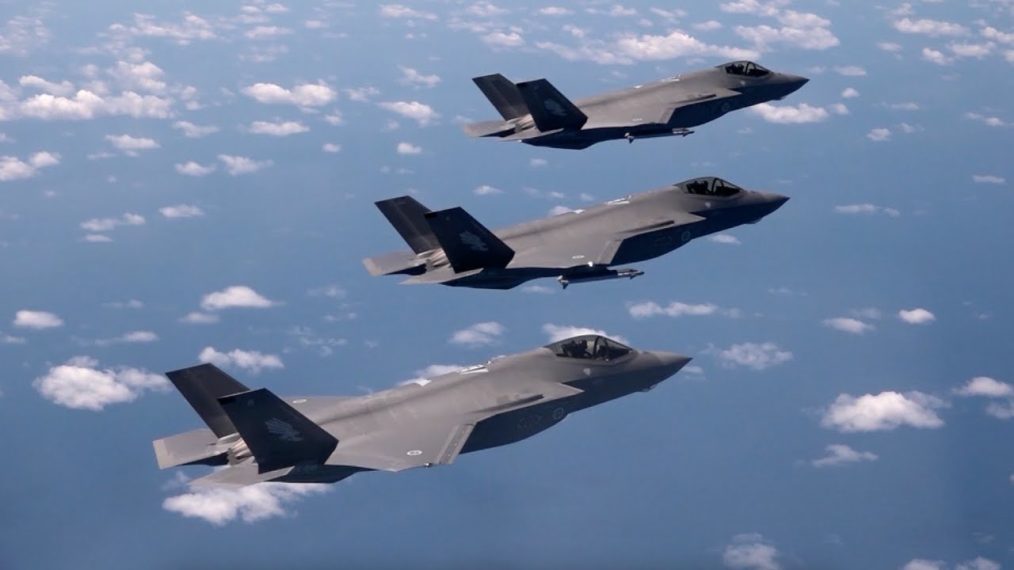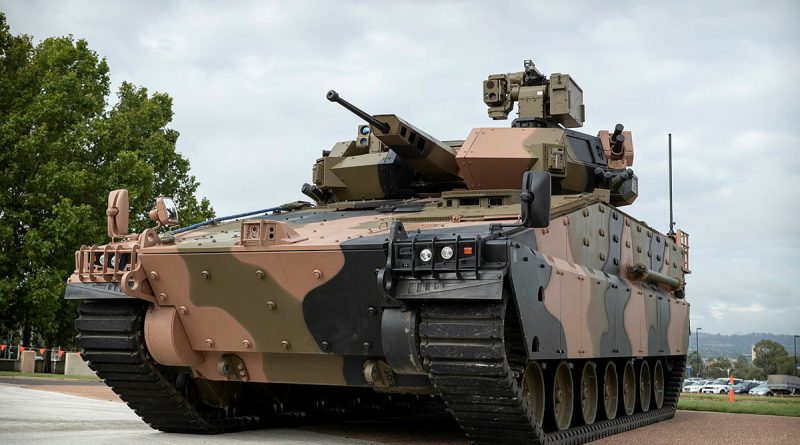Photo: Northrop Grumman M230 Link Fed (M230LF) dual-feed Bushmaster chain gun will be on display at the Association of the United States Army’s annual event. (Northrop Grumman)
Northrop Grumman is set to unveil its latest iteration of the M230 Link Fed (M230LF) dual-feed Bushmaster chain gun at the Association of the United States Army’s (AUSA) annual conference on 14 October. While the Bushmaster series is already deployed in U.S. Maneuverer-Short Range Air Defence (M-SHORAD) platforms, John McCollum, Northrop Grumman’s program lead, indicated that the initial market for the M230LF will likely be international due to the current lack of domestic requirements.
The new M230LF, developed under an internal research and development (IRAD) initiative, targets the growing demand for counter-unmanned aircraft systems (C-UAS) technology. The dual-feed capability is a standout feature, enabling operators to switch seamlessly between two distinct ammunition types: XM1211 proximity-fuzzed rounds designed for C-UAS engagements, and XM1198 high-explosive, dual-purpose rounds optimized for anti-armour operations. McCollum highlighted that the M230LF is the “first medium-calibre chain gun in the world” to offer this dual-feed capability, setting it apart from its predecessors.
While there are currently no U.S. Army requirements for the M230LF, McCollum noted that international interest, particularly from European defence sectors, is already strong. “We’re positioned to support our allies and partners abroad, and should the U.S. Army’s needs shift, we are ready to fulfill those requirements as well,” he said during an 8 October briefing.
Despite the enhanced functionality, the M230LF weighs only about 20 pounds more than the single-feed version, a negligible difference when factoring in the approximate 1,000-pound total system weight, including the weapon, remote weapon station (RWS), and ammunition. Performance-wise, the gun maintains an effective range of 1,500 to 1,700 meters against ground targets, and approximately 1,000 meters for aerial threats, thanks to its 30×113mm calibre.
Looking ahead, Northrop Grumman plans to conduct live-fire demonstrations in 2025 to showcase the M230LF’s C-UAS capabilities, further solidifying its role in the evolving counter-drone warfare landscape.










